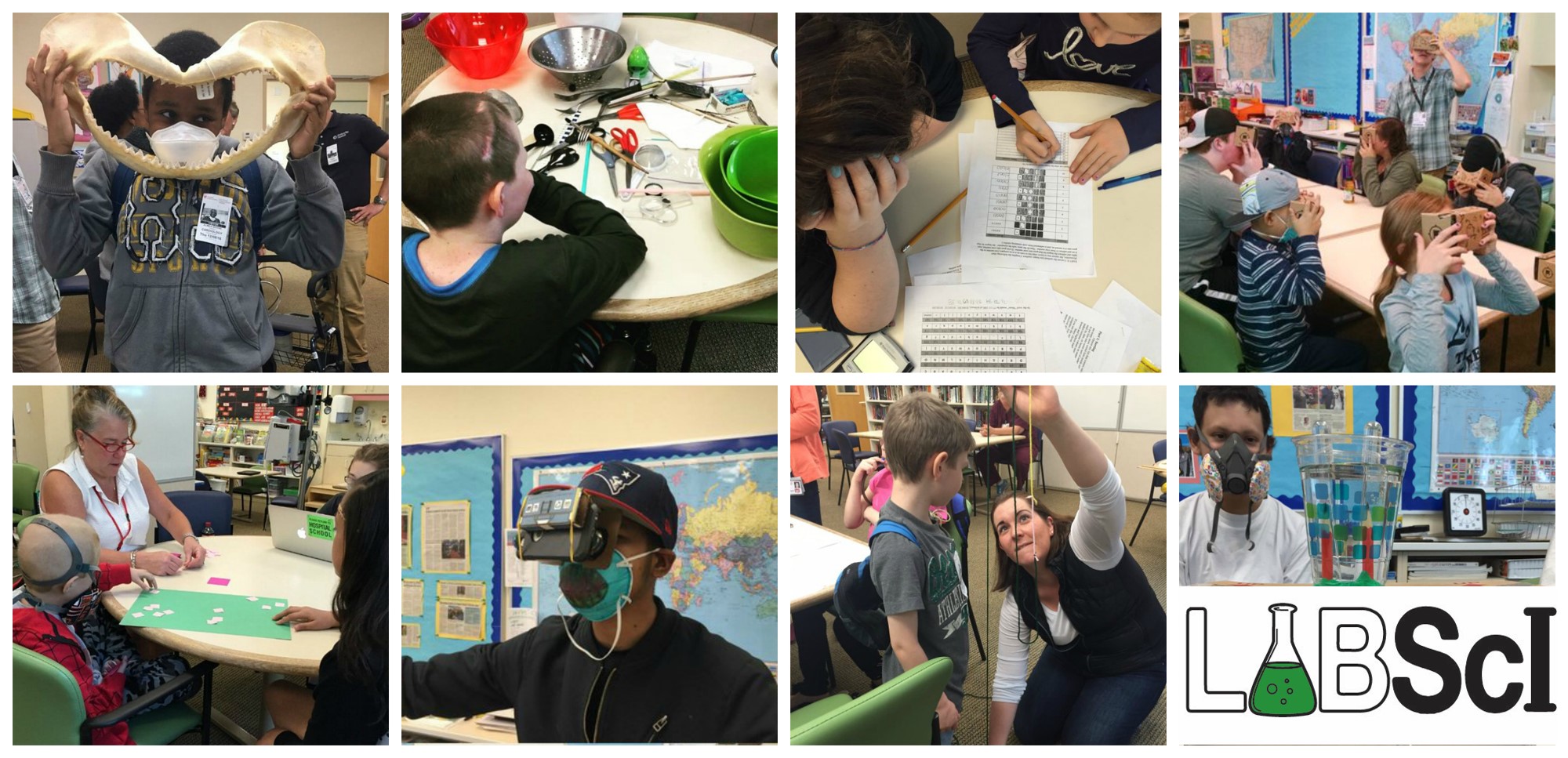This lab demonstrates the techniques that scientists used over a century ago to determine the basic structure of the atom. By rolling marbles past hidden obstacles and observing their trajectories, students will be able to make inferences on the shape and size of the obstacles.
Download the labs!
Student Version
Student Advanced Version
Recommended Prerequisites:
- Students are expected to be able to aim a marble’s trajectory by aligning a paper towel tube that acts as a ramp, so there is a bit of hand-eye coordination required.
- In the advanced version, students are expected to assess the approximate trajectory of a marble as it bounces off an unseen object under a cardboard square, so some spatial cognition skills are required.
Key Concepts:
- Most of the mass of the atom is concentrated in a very small, dense central area, called the nucleus, which is about 1/100,000 the diameter of the atom.
- The rest of the atom is apparently “empty space”.
- The nucleus of the atom is positively charged, with the strength of this charge equal to the atomic number.
- Electrons occupy the bulk of the empty space in an atom and orbit the nucleus at a greater distance compared to the size of the nucleus.
Materials:
- A ~45x45cm cardboard platform – cardboard platform should be stabilized with other objects at each corner (ex: 1 inch slices of paper towel tubes)
- Two paper towel tubes; one to use as a ramp, the other to cut into 1-inch slices for stabilizing the cardboard platform.
- One marble (or more of the same size in case marble rolls away)
- One white standard 8.5in x 11in sheet of paper
- Writing utensil
- Scotch tape
- Ruler
- “Unknown Targets” – Examples for Part I: Several small, square Lego bricks (approx. 2cm x 2cm) equally spaced apart and taped under the board using masking tape. Examples for Part II: Advanced students should use objects that vary in shape, such as the lid of a peanuts jar (or something similar) or other objects that are triangular or diamond-shaped. Basic students should use an object rectangular in shape, such as a softbound or paperback book. Targets should be approximately 1 inch think.
